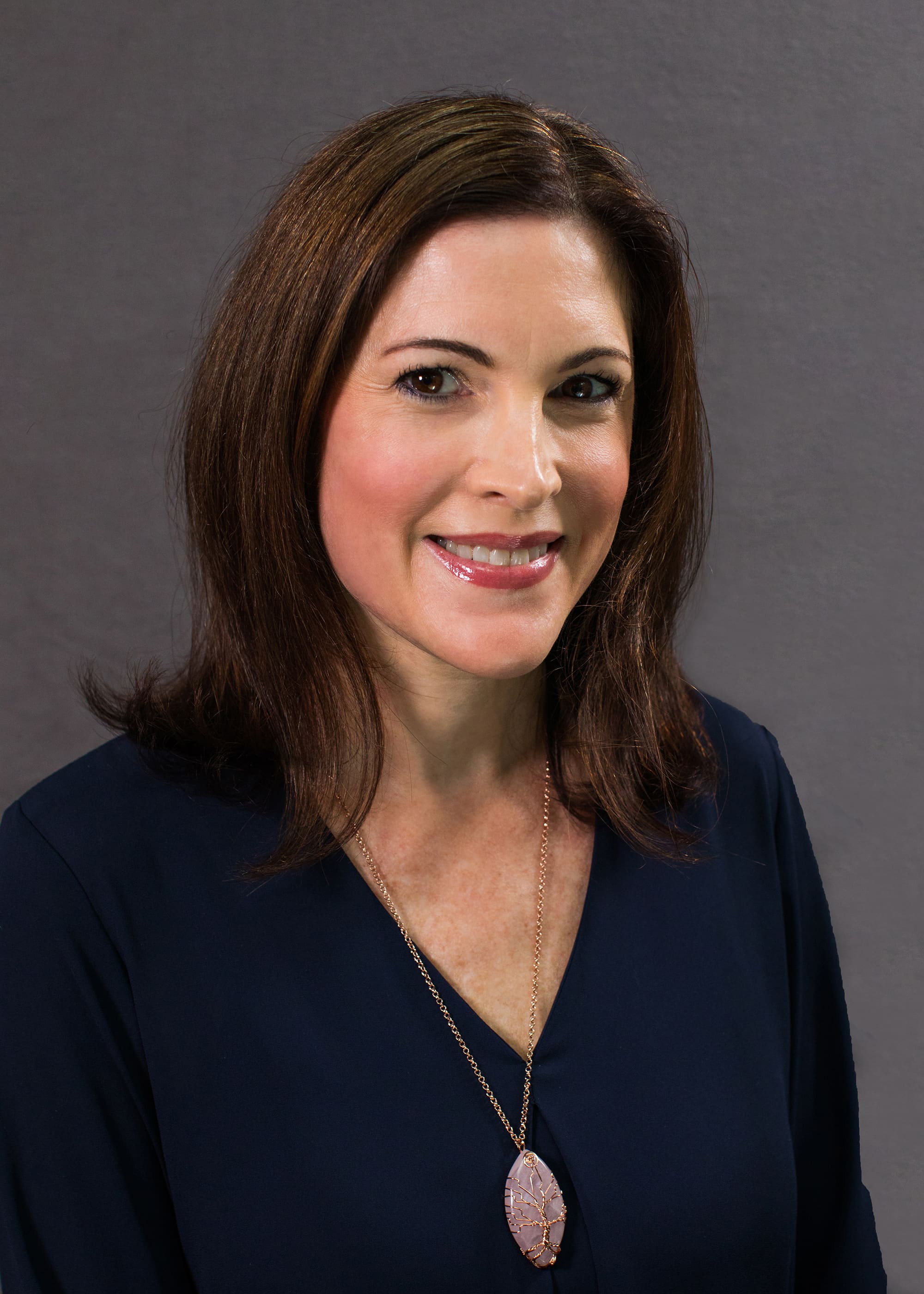It seems like every year there’s a new “fad” diet making waves in the weight loss community. The latest happens to be the ketogenic diet (aka keto), which has participants raving about the dramatic results. Keto is a low-carb, high-fat diet, which forces the body into ketosis, a state in which the body uses fat for energy instead of carbohydrates.
While some might write off every diet trend as a passing weight loss fad with little to no value, or perhaps even as dangerous, some people are actually turning to these diets for the potential health benefits. These include increasing energy levels, boosting mental clarity, improving cardiovascular health markers, and managing various medical conditions. For example, according to a 2016 Healthline.com article, keto has been shown to help treat conditions such as epilepsy, diabetes, some cancers, and numerous neurological disorders.
I understand this concept personally because several years ago, I launched my own quest for a healing diet. In my desperate search to find something to help with my Crohn’s disease management, I eventually discovered Paleo (what some might call a “fad” diet) and never looked back. Years later, I still follow a modified version of Paleo, and it’s still the most effective anti-inflammatory tool I have in my arsenal to help keep my flares at bay.
Still, some critics insist that such diets are universally unhealthy, and many try to discourage people from falling “prey” to them. But here’s the thing: any diet can be unhealthy if it’s approached in the wrong way. And just because something is a trend, doesn’t necessarily mean it’s a passing fad.
So the question looms: can a “fad” diet be healthy in the long term? I think the answer is yes. But it depends on the person and how you approach it. Instead of generalizing and discouraging people from making potentially positive changes in their eating habits (like breaking the patterns of sugar addiction or working to lower inflammation), I think it’s more important to focus on the right way to approach any new nutrition plan.
Whatever diet or nutrition plan you’re thinking of trying, here are some general rules to keep in mind for those looking to achieve long-term optimal health:
Eat Real Food – Avoid processed foods and additives, and seek out foods that are as close to their natural form as possible: ditch factory-farmed proteins and seek out pasture-raised meats, poultry, and eggs. Look for produce that has been harvested with the least amount of pesticides. Instead of farmed fish, consume wild-caught seafood. Toss out those highly refined “vegetable” oils (like canola, corn, soybean oils), and go for cold pressed extra virgin olive oil or avocado oil, unrefined coconut oil, pastured butter, or ghee. If you eat grains, choose whole grains and avoid refined versions.
Eat Lots of Colorful Veggies – No matter what your diet, it should ideally include a large number of colorful vegetables. In Paleo, for example, many like to follow the “three-quarter rule,” with three-quarters of your plate consisting of veggies and plant-based foods. The more color, the better to ensure you’re getting a wide variety of phytonutrients.
Remember We’re All Different – This is important: what works for one person may not work for the next. Just because someone you know is enjoying success with a particular diet, doesn’t mean it will be ideal for you. Keto is proving to be successful for many people, but it’s not right for everyone (Diane Sanfilippo has a helpful section about this topic in her book, Keto Quickstart). Furthermore, it’s important to use a lifestyle diet like a template and modify it to fit your individual nutritional needs.
Keep Long-Term Goals in Mind – While “restart” diets can be helpful in the short-term, they can also lead to yo-yo dieting and challenges in the long run. Keep your long-term health in mind, and choose a nutrition plan that will not only nourish your body, but also one that you can modify to your individual needs and realistically maintain over time.
This information is not meant to replace the advice of your doctor or certified nutritionist.
Follow Lori Garrett’s wellness blog, www.adventuresofasickchick.com.







Comments